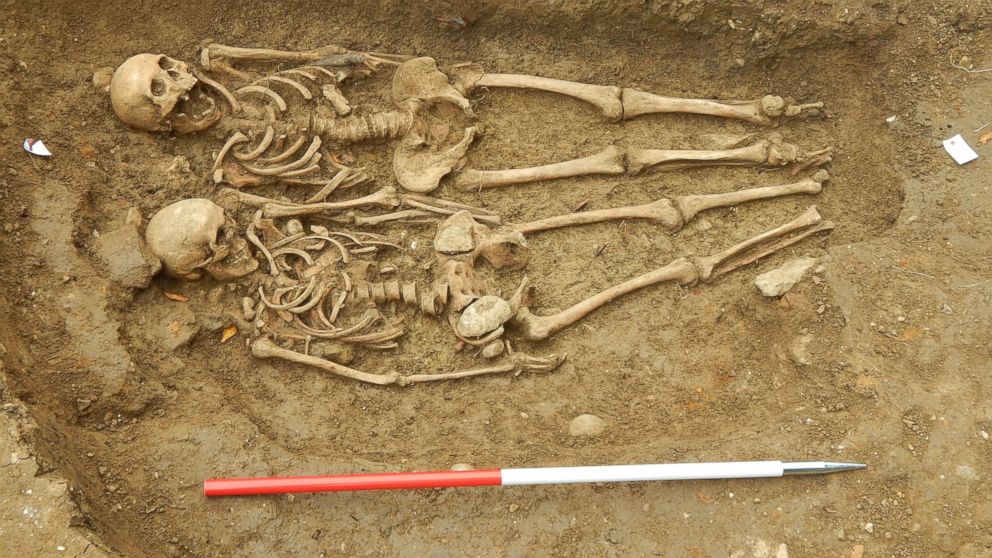
Owsley is also a specialist in ancient American remains. Later, he did the same with the Pentagon victims of the 9/11 terrorist attack. He helped reassemble and identify the dismembered and burned bodies from the Branch Davidian compound in Waco, Texas. He had helped identify human remains for the CIA, the FBI, the State Department and various police departments, and he had worked on mass graves in Croatia and elsewhere. He has examined well over 10,000 sets of human remains during his long career. “At that point,” Chatters recalled to me in a recent interview, “I knew trouble was coming.” It was then that he called Owsley, a curator at the National Museum of Natural History and a legend in the community of physical anthropologists. The dispute escalated, and the bones were sealed in an evidence locker at the sheriff’s office pending a resolution.

Floyd Johnson protested, saying that as county coroner he believed he had legal jurisdiction. The corps immediately claimed authority-officials there would make all decisions related to handling and access-and demanded that all scientific study cease. The storm of controversy erupted when the Army Corps of Engineers, which managed the land where the bones had been found, learned of the radiocarbon date. No fewer than 48 authors and another 17 researchers, photographers and editors contributed to the 680-page Kennewick Man: The Scientific Investigation of an Ancient American Skeleton(Texas A&M University Press), the most complete analysis of a Paleo-American skeleton ever done. Now, though, after two decades, the dappled, pale brown bones are at last about to come into sharp focus, thanks to a long-awaited, monumental scientific publication next month co-edited by the physical anthropologist Douglas Owsley, of the Smithsonian Institution. It is among the most contested set of remains on the continents as well. Thus began the saga of Kennewick Man, one of the oldest skeletons ever found in the Americas and an object of deep fascination from the moment it was discovered. The results: It was more than 9,000 years old. He sent a bone sample off for carbon dating. It proved to be a stone spearpoint, which seemed to clinch that the remains were prehistoric. Chatters then noted something embedded in the hipbone.

But the teeth were cavity-free (signaling a diet low in sugar and starch) and worn down to the roots-a combination characteristic of prehistoric teeth. At first glance, Chatters thought it might belong to an early pioneer or trapper. The skull, while clearly old, did not look Native American.

They carried the bones back to Chatters’ lab and spread them out on a table. Chatters and the coroner returned to the site and, in the dying light of evening, plucked almost an entire skeleton from the mud and sand. The police brought in the Benton County coroner, Floyd Johnson, who was puzzled by the skull, and he in turn contacted James Chatters, a local archaeologist. In the summer of 1996, two college students in Kennewick, Washington, stumbled on a human skull while wading in the shallows along the Columbia River.


 0 kommentar(er)
0 kommentar(er)
